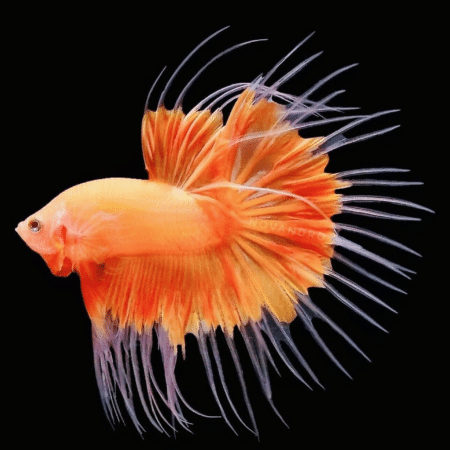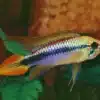To provide the best experiences, we use technologies like cookies to store and/or access device information. Consenting to these technologies will allow us to process data such as browsing behaviour or unique IDs on this site. Not consenting or withdrawing consent, may adversely affect certain features and functions.
The technical storage or access is strictly necessary for the legitimate purpose of enabling the use of a specific service explicitly requested by the subscriber or user, or for the sole purpose of carrying out the transmission of a communication over an electronic communications network.
The technical storage or access is necessary for the legitimate purpose of storing preferences that are not requested by the subscriber or user.
The technical storage or access that is used exclusively for statistical purposes.
The technical storage or access that is used exclusively for anonymous statistical purposes. Without a subpoena, voluntary compliance on the part of your Internet Service Provider, or additional records from a third party, information stored or retrieved for this purpose alone cannot usually be used to identify you.
The technical storage or access is required to create user profiles to send advertising, or to track the user on a website or across several websites for similar marketing purposes.
















Emily Carter (verified owner) –
I’ve been keeping freshwater fish for over four years now, and I recently added a pair of Apistogramma Agassizii ‘Super Red’ Dwarf Cichlids to my 55-gallon community tank. After two months of watching them flourish, I can confidently say they are one of the best additions I’ve made! Their stunning colors are absolutely mesmerizing, especially during their breeding displays. These little guys have such a peaceful nature, making them a perfect fit alongside my tetras and guppies.
I particularly love how they interact with their environment, often darting in and out of the plants and driftwood I’ve provided. The male is striking with his deep red and orange coloration, while the female is more subdued, creating a beautiful contrast. It’s heartwarming to see them establish a little territory and even show signs of breeding!
One minor consideration is that they can be a bit shy initially, so providing plenty of hiding spots is essential. Overall, if you’re looking for a vibrant and peaceful addition to your freshwater aquarium, I highly recommend these dwarf cichlids! They’ve brought so much joy to my tank, and I can’t wait to see their little fry swimming around soon!
Emily Carter (verified owner) –
I recently added a pair of Apistogramma Agassizii ‘Super Red’ dwarf cichlids to my community tank, and I couldn’t be happier! These vibrant little fish, each about 3 inches long, have brought so much life and color to my aquarium. After about two weeks of watching them settle in, I was amazed to see their personalities shine through—they are playful, curious, and quite social, often exploring every nook and cranny of their space.
What I appreciate most is how they interact with their environment and with each other. I’ve tried keeping other dwarf cichlids in the past, but this pair truly stands out with their vivid colors and unique behaviors. They seem to thrive in the planted tank setup I have, which offers many hiding spots and open swimming areas.
If you’re considering breeding fish, this pair seems like a perfect choice as they show signs of pairing up already! They are gentle and haven’t shown any aggression toward my other community fish, which is a huge plus. Just a minor note—make sure to keep their water conditions stable, as they are a bit sensitive to fluctuations.
Overall, I highly recommend these tropical fish for both beginners and seasoned aquarists looking to enrich their tanks. I’m so glad I added them to my collection!
Emily Carter (verified owner) –
I recently added a pair of Apistogramma Agassizii ‘Super Red’ dwarf cichlids to my community tank, and they have completely transformed my aquarium! After just two weeks, their vibrant colors have only intensified, and their playful personalities are a joy to watch. I love how they explore every nook and cranny of the tank, often darting between plants and decorations, which keeps the whole setup lively.
What I appreciate most is their compatibility with my other fish. Unlike some cichlid species, these little beauties are relatively peaceful, making them perfect for a community tank. I’ve also noticed some adorable courtship behaviors already—I’m hopeful for breeding soon!
The shipping was quick, and they arrived in excellent health, which is so important for fish welfare. My only minor concern is that they can be a bit shy, especially when first introduced. I suggest providing plenty of hiding spots to help them acclimate. If you’re a fellow fish enthusiast looking to enhance your aquarium with stunning dwarf cichlids, I wholeheartedly recommend this pair. They are not only beautiful but also a delight to care for!